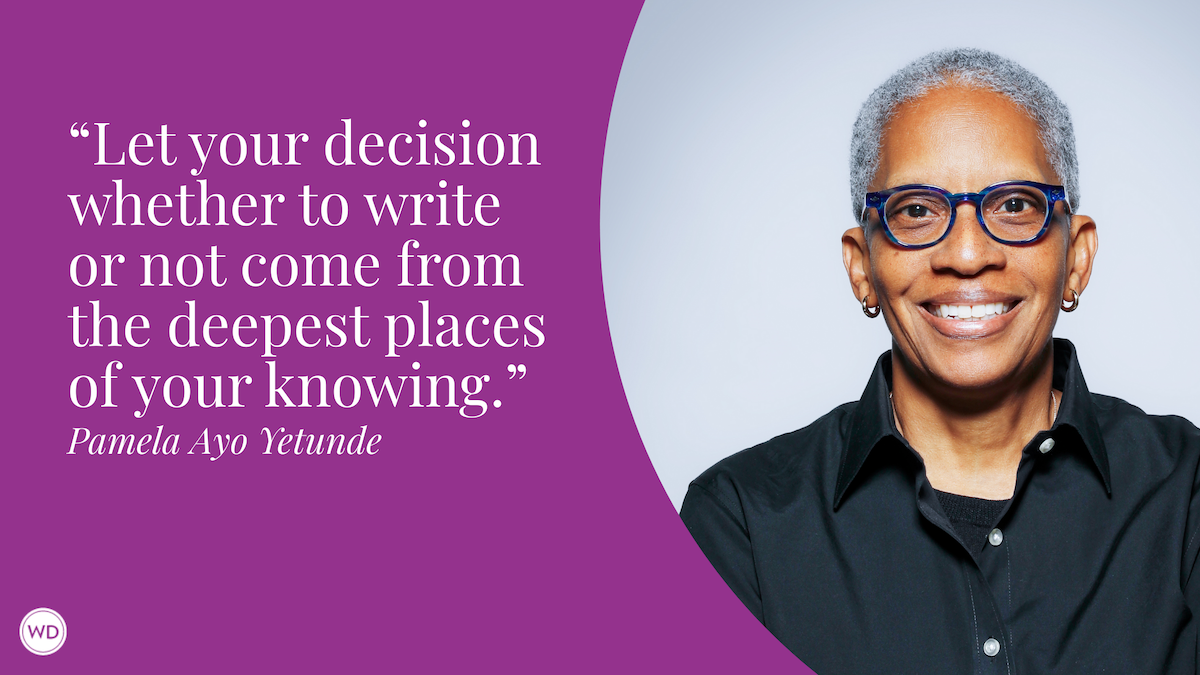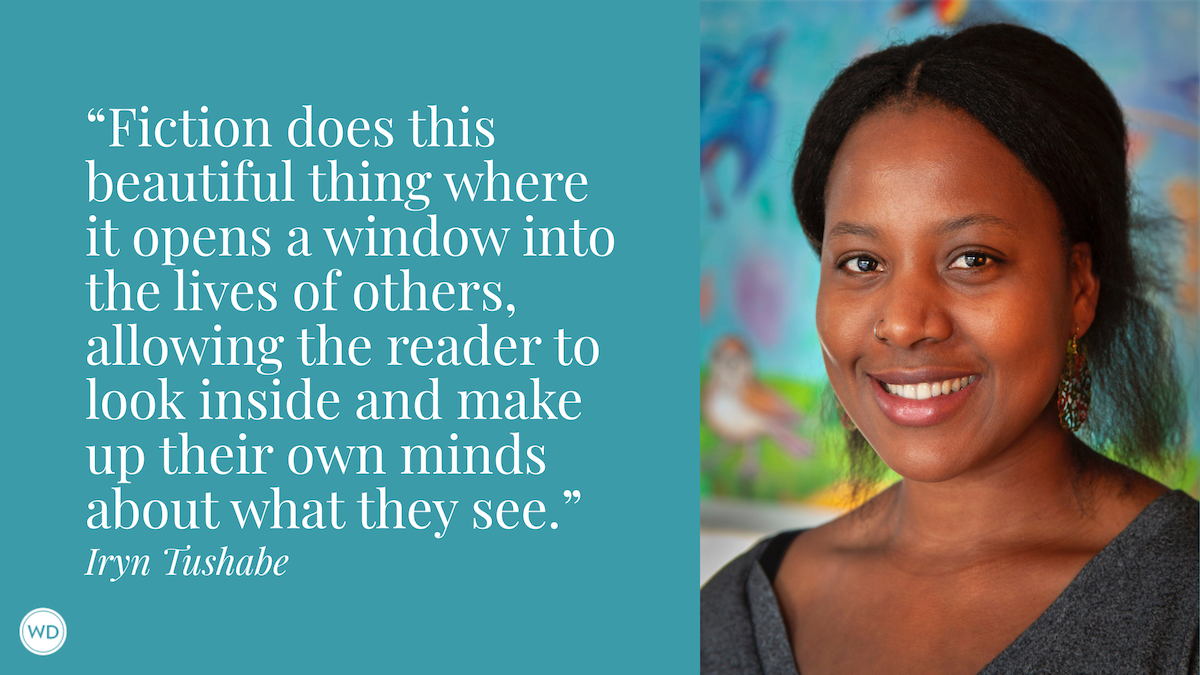How and Why To Turn Your Play Into a Novel
Award-winning novelist and playwright Lynne Kaufman discusses the differences, similarities, and benefits of turning your play into a novel.
I am at a reading of my new two-person play Divine Madness about the tumultuous relationship of the critic Elizabeth Hardwick and the poet Robert Lowell when the actress playing Hardwick poses a question. “Why does she forgive him? He betrayed her in life and in literature.”
Why indeed? I think. Lowell suffered from repeated bouts of manic depression during his 20-year marriage to Hardwick, and in the throes of them had many love affairs culminating with leaving her and their young daughter for a British heiress. He divorced Hardwick, married the heiress and wrote about it in a volume of poetry, The Dolphin. He even quoted some of Hardwick’s most despairing letters, despite his friends’ admonitions that it was “infinite mischief” and that “art isn’t worth that much.” And then, to add insult to injury, The Dolphin won the Pulitzer Prize.
“She forgives him because he is still the most interesting man she has ever known,” I venture.
“Okay,” the actress says, “I can go with that, but I wish I knew more about her.”
“So do I,” I say. And that’s the moment the play Divine Madness becomes the nucleus for the novel Divine Madness.
I’ve written two dozen plays that I’ve not been tempted to transform into novels. Why this one? There are four primary reasons.
IndieBound | Bookshop | Amazon
[WD uses affiliate links.]
Enter the Inner Life of My Main Characters
The novel takes the form of a diary written by Hardwick. In it she recreates her relationship with her working-class parents and growing up in the South in a family of nine children. In a play her past would have to be done as a memory monologue and not be nearly as detailed or engaging. In a novel, I’m able to explore Hardwick’s writing habits, style, and philosophy, even include distinctive passages from her own writing. A play relies on physical action; watching a writer at her craft on the stage is static, but in a novel you can share the process of her thoughts as her words appear on the page.
Explore the Era and World of the Story
In my novel, I depict how Hardwick and Lowell began their romance at Yaddo, the literary colony. I love that scene, as it shows them in all their youth and foolishness, but wouldn’t include it in the play because of the theatre’s time constraints and the practical difficulties of making the characters appear 30 years younger and constructing a set change for one scene. And yet, Yaddo is an important depiction of New York City literary life in the 1950s and 1960s when “writing was everything.”
Introduce Significant Secondary Characters
In a play you pay a salary to every actor who appears on the stage, even in a minor role. I wrote Divine Madness as a two-character play. In the novel I get to introduce two other influential women writers who were Hardwick’s close friends: Mary McCarthy and Hannah Arendt. Mary McCarthy’s bestseller The Group arouses Hardwick’s jealousy and results in Hardwick’s writing a nasty parody. Hannah Arendt’s continued loyalty to her youthful love, Nazi sympathizer Martin Heidegger, sheds an eerie light upon Hardwick’s devotion to Lowell.
Still Juicy
After writing the play and seeing it performed, the characters still fascinated me. They are brilliant, complex, conflicted, driven, and ever so human. I keep looking at pictures of Hardwick and Lowell together, searching for clues. I keep reading their letters listening to their hearts’ revelations. They speak to their condition, and I want to know more. Writing a novel based on a play can help you dive deeper into the characters that intrigue you and that you want to keep exploring outside the confines of a play.
Plays and Novels
A play needs to be all forward action, all rising dialogue. A story question is raised and everything that happens must move toward that answer. No digressions. No distractions. Brevity. Concision. Get to the point. A novel places the characters and their story in a larger, more reflective context, gives it more depth, more breathing room. I love the immediacy and momentum of a play. It is the most natural storytelling form for me. But to my surprise, I found once I’d captured the beating heart of the story, I was able to weave a coat of many colors around it. More of a jacket, perhaps, as I am a great fan of economy.
Now that I’ve done this experiment once, I’m eager to try it again with another woman protagonist who still calls to me. My play Shooting Simone, which premiered at Actors Theatre of Louisville, focused on Simone de Beauvoir’s relationship with Sartre, but what about her falling for the American Nelson Algren and her writing of The Second Sex?
Finally for those of you who are not playwrights, I encourage you to begin your next project as a play. It just might lead you to the beating heart of your new novel.
Lynne Kaufman's latest novel, Divine Madness, will be published on May 15, 2022. Her latest play Who Killed Sylvia Plath, after a three-month run in San Francisco and Berkeley, won The Marshstream's “International Solo Award” in 2021. Her website is LynneKaufman.com.








